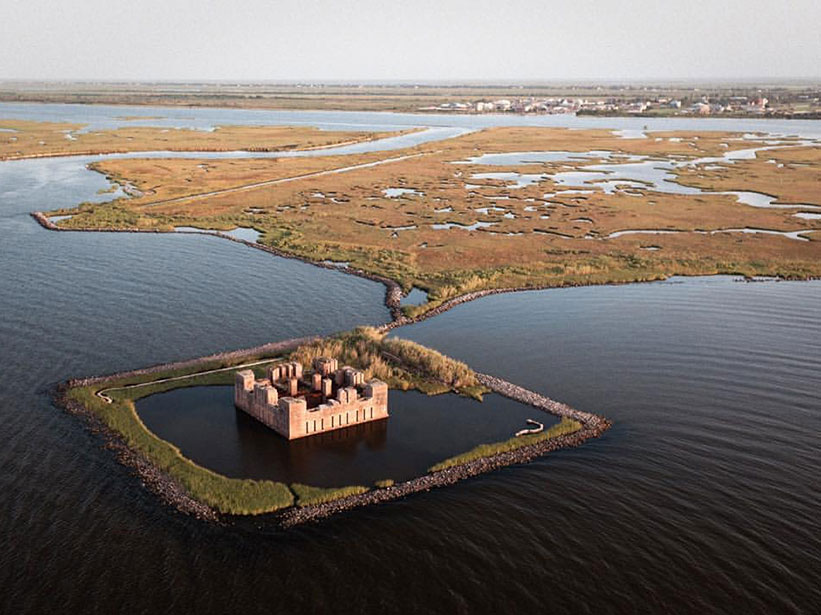Some of the world's largest cities are sinking faster than the oceans are rising. Humans are part of the problem, but we can also be part of the solution through monitoring and modeling.
T. H. Dixon
Posted inOpinions
Ten Years After Katrina: What Have We Learned?
One mitigation strategy—relocating people and sensitive infrastructure to higher ground—eventually will need to be considered as sea level rise accelerates.


